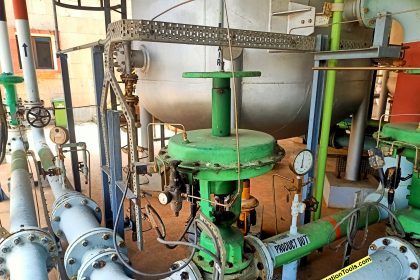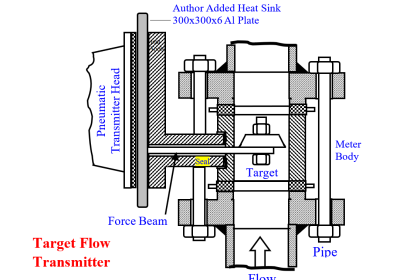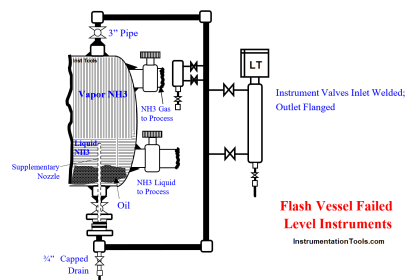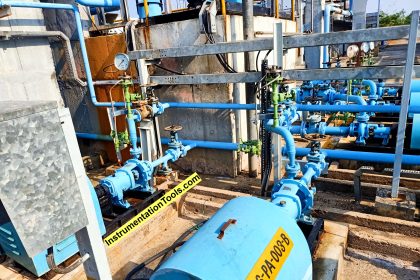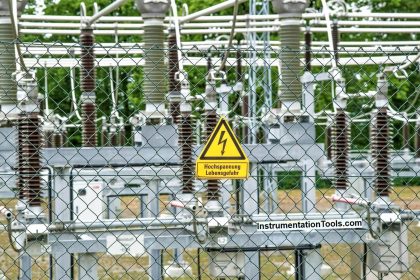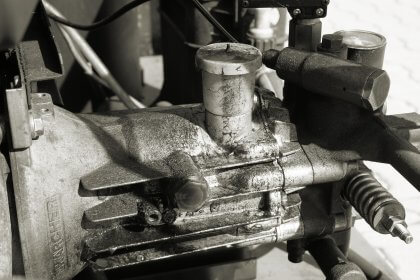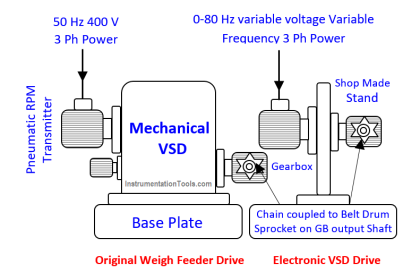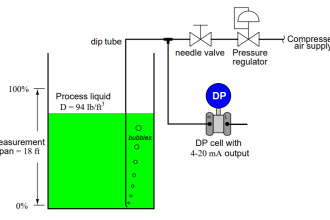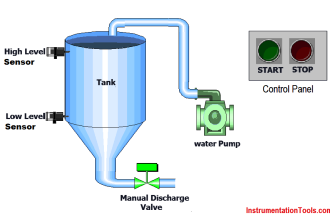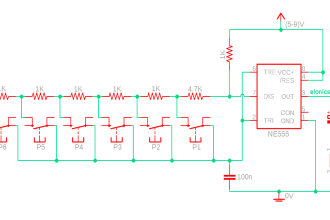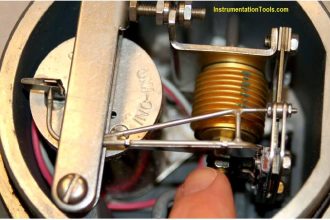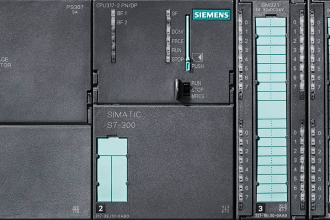Root Cause Analysis (RCA): 8000 RPM Process Air Compressor (K-602) cracked shaft spacers; the plant Root Cause Analyzed, made the spacers and heat treated to lesser hardness and fitted on the spare and running rotor.
| Article Type: | Root Cause Analysis (RCA) |
| Category: | Mechanical |
| Equipment Type: | High Speed, Hi KW Major Rotating Machines |
| Author: | S. Raghava Chari |
Note: This root cause analysis (RCA) is from real-time scenarios that happened in industries during the tenure of one or two decades ago. These articles will help you to improve your troubleshooting skills and knowledge.
Compressor Cracked Shaft Spacers Problem
Crew dissembling K-602 during the first TA found rotor shaft all spacers cracked up to the ID for 50 to 75 mm long axially. The plant installed the spare rotor B.
Accepting the Italian manufacturer advise, the plant sent the defective rotor A to the Indian collaborator for repairs.
Rotor B’s repair at the Indian shop
The plant root cause analyzed and felt the too hard 450 BHN hardness was the reason for the cracks and suggested reducing the hardness to 250 BHN.
The manufacturer accepted the recommendation and suggested getting the job done by their Indian licensee (IL).
The Indian licensee suggested the plant supplying the 250-BHN spacers as their shops are too much loaded and they cannot do the job within the plant given schedule.
The plant workshop made the sleeves to the drawings specified tolerances and supplied them to the IL. Finding the IL not taking up the task, they deputed an engineer to expedite and return with the repaired rotor A.
The expediting engineer reported a week later no matter how hard chased, the IL will not take up the job soon; rather he can do it in the plant workshop itself, being confident after witnessing several factory spacer fit ups and the IL supervisors letting him do it few times.
As the 2‑yearly TA was nearing, the plant cancelled the IL and assigned the engineer the task.
Plant’s Engineer Repairs
Plant’s engineer repaired Rotor A in the plant shop thus:
- Screw in an eye bolt to the rotor end A; vertically sling suspend the rotor to a crane hook. Carefully and uniformly flame heat A-end wheel hub periphery to 250±10o C checking frequently with a contact pyrometer. Few slight mallet-taps uniformly around the wheel hub periphery drops the wheel
- Remove this way all the wheels and spacers one by one and label to fit back the same way
- Inspectors balanced the bare shaft
- During items 1 to 3 progress the engineer’s assistant filled oil 50% the improvised oil heater. It is a 200-liter barrel cut into two with 10 mm dia holes drilled all over 10-mm thick plate well supported 100 mm above the drum bottom. Plant electrical and inst crew rigged up the heaters, a churner, below the plate and temperature controls He soaked middle two wheels and the spacer between them.
- He discarded the old spacers. Soaked the removed two wheels and two new spacers allow 1 min soaking time per mm metal thickness. He removed the middle spacer, wiped the oil well, and made sure temp > 260O C all over and fitted in the middle. Similarly fitted one wheel either side
- He cooled the assembly using a fan
- Inspectors balanced the partial rotor assembly
- Likewise, he assembled two more wheels and spacers progressively
- Inspectors balanced the partial assembly after two wheels mounting
- Proceeding this way, he assembled and balanced the entire rotor step by step
- The rotor was ready in two days working general shift only
- Crew fitted the shop revamped Rotor A K 602 during the turnaround
- Shaft vibrations well below limits and K 602 excellent performance delighted everyone.
- Inspectors finding no cracked spacers during an opportune shutdown inspection 6-months later delighted everyone even more
Another engineer who worked with the first changed the removed from the compressor Rotor B sleeves and returned it to the warehouse.
In-house repair benefits
In-house repair benefits are:
- The spare rotor was ready and eliminated the ‘no spare rotor’ risk
- The IL charged huge costs saved
- The crew were proud of accomplishing a challenging task, usually left to the manufacturers
Author: S. Raghava Chari
Do you face any similar issues? Share with us through the below comments section.
If you liked this article, then please subscribe to our YouTube Channel for Instrumentation, Electrical, PLC, and SCADA video tutorials.
You can also follow us on Facebook and Twitter to receive daily updates.
Read Next:
- Process Air Compressor Overhauls
- Heat Exchanger Root Cause Analysis
- Mechanical Variable Speed Drives RCA
- Compressor Case Discharge Temperature
- 8000 RPM 8000 kW Turbine Problem
